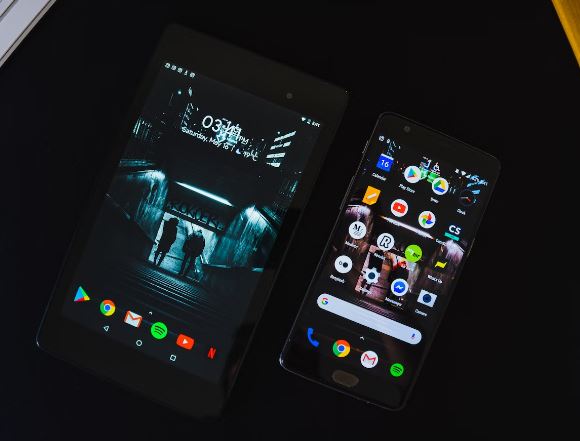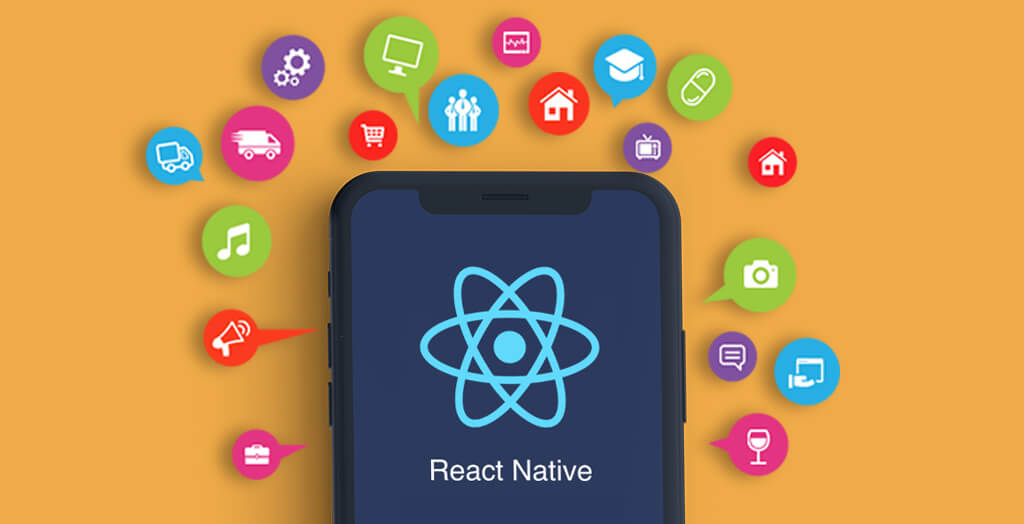For Android development, creating robust libraries is essential. But how do you ensure your hard work reaches developers worldwide? The answer lies in efficient distribution strategies for your Android libraries.
A company with the finest custom mobile app development in Dallas can also help you get work done effectively. We are going to discuss all these things in detail here.
Let’s have a look at it!
Understanding the Process:
To effectively distribute your Android libraries, a streamlined process is crucial. Here’s a comprehensive guide to help you navigate this task:
Know Your Library
Understand your library’s functionality, its purpose, and its dependencies. Ensure it’s well-documented and tested for stability.
Packaging Your Library
Prepare your library for distribution by packaging it into a suitable format, often as a JAR or AAR file. Include all necessary resources and metadata.
Repository Selection
Choose a repository to host your library. Options include Maven, JCenter, or your private repository. Consider factors like ease of access and compatibility.
Setup Your Repository
Create your repository if it’s a private one. Configure access controls and security measures. For public repositories, follow guidelines for submission.
Upload the Library
Upload your packaged library to the chosen repository. Use appropriate tools or commands to ensure successful deployment.
Versioning and Documentation
Maintain a clear versioning system for your library. Update documentation, including README files. This will help users understand its functionality, usage, and any changes between versions.
Promote and Share
Promote your library through appropriate channels, such as forums, developer communities, or social media.
Maintain and Update
Continuously monitor your library’s performance. Address issues, bugs, and feature requests promptly. Regularly update your library to keep it relevant and reliable.
Legal Considerations
Ensure compliance with licensing and legal obligations. Clearly define terms of use and licensing for your library.
Remember, each step requires attention to detail and a commitment to providing a robust and user-friendly library. With thorough planning and execution, you’ll set your Android library on a successful distribution path.
Now, moving ahead with the best practices.
Best Practices for Distribution:
The best practices for effectively distributing your Android libraries:
Clear Documentation
Properly document your libraries. Include installation guides, usage examples, and any prerequisites needed. Clear documentation enhances usability.
Version Control
Use a version control system like Git to manage changes. Tagging releases make it easier for users to understand and access different versions.
Central Repository Hosting
Leverage platforms like Maven Central or JCenter to host your libraries. This simplifies access and integration for developers.
Dependency Management
Ensure that your library’s dependencies are clear and well-maintained. Avoid conflicting dependencies to prevent integration issues.
Robust Testing
Thoroughly test your libraries to ensure they function as expected across various scenarios. Automated testing helps in identifying and resolving bugs.
Continuous Integration
Implement CI/CD pipelines to automate build, test, and deployment processes. This ensures the continuous quality of your libraries.
Versioning Strategy
Adopt a well-defined versioning strategy. Semantic versioning (SemVer) is widely accepted and helps users understand changes easily.
Feedback and Support
Provide a channel for users to offer feedback and seek support. Addressing issues promptly improves user satisfaction and encourages adoption.
Security Measures
Prioritize security by conducting regular security checks and updates. Secure libraries inspire user confidence.
Community Engagement
Engage with the developer community through forums, Q&A platforms, or social media. This fosters a community around your libraries and encourages collaboration.
Implementing these best practices can ensure your Android libraries are easily accessible, reliable, and well-received. This fosters seamless integration and enhances your project’s success.
Importance of Distributing Android Libraries
Enhanced Accessibility:
Proper distribution ensures widespread access to your Android libraries. It allows other developers to easily integrate and utilize your code, fostering a larger developer community.
Accelerated Development:
By sharing your libraries, you contribute to expediting the development process for fellow developers. They can leverage your tried-and-tested components, saving time and effort in building from scratch.
Maintenance and Updates:
Centralized distribution platforms, like Maven or JCenter, simplify library updates and maintenance. Users can seamlessly access the latest versions, benefiting from bug fixes and new features.
Promoting Collaboration:
Sharing libraries encourages collaboration within the development community. Developers can contribute improvements, report issues, and collectively elevate the quality of the shared code.
Compatibility and Standardization:
Widely distributed libraries promote coding standards and compatibility across projects. Consistency in using shared libraries streamlines development practices.
Community Recognition:
Successful distribution of useful libraries elevates your reputation within the developer community. It establishes credibility and positions you as a valuable contributor.
Improved Innovation:
Shared libraries often lead to innovation. When developers pool their expertise and resources, it sparks creativity, leading to the creation of more efficient and innovative solutions.
Understanding the Importance of Skilled Developers:
When it comes to distributing Android libraries, hiring the right developers is crucial.
Crafting High-Quality Libraries:
Skilled developers possess the expertise to create robust and efficient Android libraries. This will ensure their functionality and usability.
Optimizing Libraries for Distribution:
Hiring developers adept at optimizing libraries for distribution across various platforms and devices is essential for wider accessibility.
Factors to Consider while Hiring Developers:
Expertise in Android Development:
Look for developers proficient in Android app development with a strong track record in creating and distributing libraries.
Familiarity with Library Frameworks:
Seek individuals experienced in popular library frameworks. This will enable seamless integration and distribution.
Commitment to Quality Assurance:
Prioritize developers who emphasize rigorous testing and debugging to guarantee the library’s reliability.
Strategies for Effective Library Distribution:
API Documentation and Support:
Developers must provide comprehensive documentation and reliable support channels to assist users during integration.
Version Control and Updates:
Hiring developers well-versed in version control and timely updates ensure libraries stay current and relevant.
Community Engagement:
Engage developers who understand the significance of community feedback and contributions to library enhancement.
Optimizing the Hiring Process:
Define Clear Objectives:
Establish precise goals and expectations to communicate effectively with potential developers.
Collaborative Selection Process:
Involve key stakeholders to assess developer compatibility and expertise for library distribution needs.
Continuous Evaluation:
Regularly evaluate developer performance to ensure alignment with project goals and expectations.
Conclusion! Mastering the distribution of Android libraries requires meticulous planning, documentation, and effective communication. By following these strategies and best practices, you will get the most out of the future of mobile apps. This will foster a stronger and more supportive developer ecosystem.









